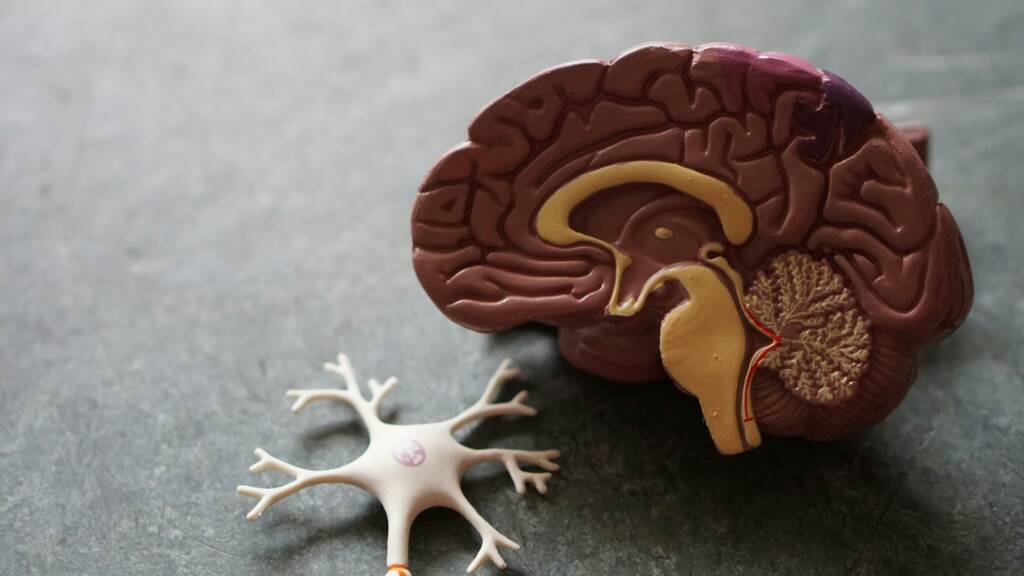
Title: Understanding the Primitive Brain and Overcoming Fear of the Wild
In our modern society, the primitive brain, also known as the amygdala, plays a crucial role in our survival instincts and response to fear, especially when faced with the unknown and potentially dangerous situations, such as being in the wild.
The fear of the wild is often rooted in the ancestral memories stored in our primitive brain, warning us of potential threats in unfamiliar environments. This natural instinct has helped our ancestors survive in the wilderness by staying vigilant and cautious.
However, in today’s world, where most of us are not constantly exposed to life-threatening situations in the wild, this primal fear can be exaggerated and trigger unnecessary anxiety and stress. It is essential to understand that while the primitive brain serves a vital purpose, it can also misinterpret non-life-threatening situations as imminent danger.
Clearing away the fears of being in the wild involves reprogramming our primitive brain through conscious awareness and rational thinking. By acknowledging our fears and understanding their origins, we can begin to challenge irrational beliefs and gradually desensitize ourselves to perceived threats in the wild.
Engaging in activities that simulate being in the wild, such as camping, hiking, or nature walks, can help desensitize the primitive brain and instill a sense of familiarity and comfort in natural environments. Developing survival skills and knowledge about the wild can also boost our confidence and reduce anxiety about potential dangers.
Moreover, practicing mindfulness and relaxation techniques can help calm the primitive brain’s fight-or-flight response and promote a sense of safety and control in the face of fear. By training our minds to stay present and focused, we can prevent spiraling into panic mode and better assess the actual level of threat in the wild.
In conclusion, while the primitive brain’s fear response to the wild is a natural instinct, it is possible to overcome irrational fears by understanding their origins and actively working towards reprogramming our responses. By fostering a sense of confidence, knowledge, and mindfulness, we can enjoy the beauty and serenity of the wild without being consumed by unnecessary anxiety and fear.

Astrocytes
Astrocytes, a type of glial cell in the brain, play a crucial role in modulating our behaviors. These star-shaped cells are involved in a wide range of functions that influence our cognitive processes, emotions, and overall brain health.
Research has shown that astrocytes are not just support cells for neurons but also actively participate in signaling processes in the brain. They regulate neurotransmitter levels, synaptic communication, and even play a role in neuroplasticity, the brain’s ability to reorganize itself by forming new neural connections.
Imbalances or dysfunction in astrocyte activity have been linked to various behavioral disorders such as anxiety, depression, and addiction. For example, studies have shown that astrocytes can influence the release of stress hormones and neurotransmitters involved in mood regulation.
Understanding the intricate relationship between astrocytes and our behaviors is still a growing field of research. By delving deeper into the role of these glial cells, we may uncover new insights into the underlying mechanisms of behavior and potentially discover novel targets for therapeutic interventions in mental health disorders
The amygdala is a key player in our brain when it comes to processing emotions, particularly fear. In a twin flame relationship, where intense emotions and deep connections are common, the amygdala’s role becomes significant. When triggered in the context of a twin flame dynamic, the amygdala can amplify fear responses, leading to intense emotional reactions. This can manifest as heightened anxiety, feelings of insecurity, or even flight-or-fight responses.
Given the profound nature of twin flame relationships, where individuals often face their deepest vulnerabilities and insecurities, the amygdala’s influence can be particularly potent. It can trigger past traumas, amplify fears of abandonment, or fuel intense reactions to perceived threats to the connection.
Understanding the role of the amygdala in fear responses during a twin flame relationship can offer insight into the intense emotional rollercoaster that often accompanies such connections. By recognizing these triggers and learning to regulate emotional responses, individuals in a twin flame relationship can navigate challenges with greater self-awareness and emotional balance.
Amygdala and Clearing the Fear Response
The amygdala, a small almond-shaped structure in the brain, plays a crucial role in processing emotions, especially fear. When faced with a perceived threat, the amygdala triggers the body’s fight-or-flight response, releasing stress hormones and activating various physiological reactions to help us survive.
To clear your fear response on the deepest level, it is essential to engage in strategies that address the amygdala’s overactive function. Practices such as mindfulness meditation, deep breathing exercises, and cognitive behavioral therapy can help rewire the brain’s fear pathways. By consciously calming the mind and body, individuals can learn to regulate emotional reactions and reduce the intensity of fear responses.
Moreover, techniques like visualization, positive affirmations, and exposure therapy can gradually desensitize the amygdala to fear triggers, allowing individuals to confront their anxieties in a controlled and safe manner. Seeking support from a therapist or coach experienced in trauma and fear management can provide guidance and personalized strategies for deep-level healing.
Understanding the amygdala’s role in fear processing and actively working to reprogram its responses can empower individuals to navigate challenging situations with greater resilience and emotional mastery. By nurturing a sense of safety and building confidence in facing fears, one can gradually alleviate the grip of fear on the deepest levels of consciousness.

“IT ALL BEGINS WITH AN IDEA. MAYBE YOU WANT TO LAUNCH A BUSINESS. MAYBE YOU WANT TO TURN A HOBBY INTO SOMETHING MORE. OR MAYBE YOU HAVE A CREATIVE PROJECT TO SHARE WITH THE WORLD. WHATEVER IT IS, THE WAY YOU TELL YOUR STORY ONLINE CAN MAKE ALL THE DIFFERENCE.”
— Squarespace
